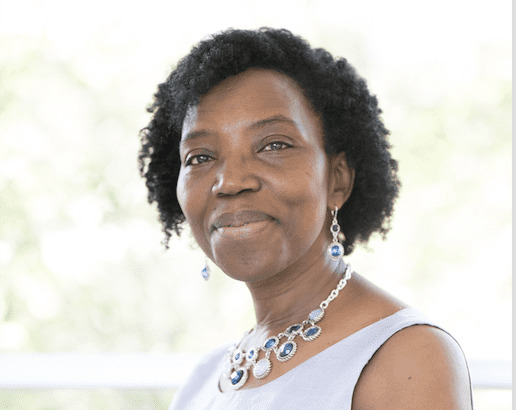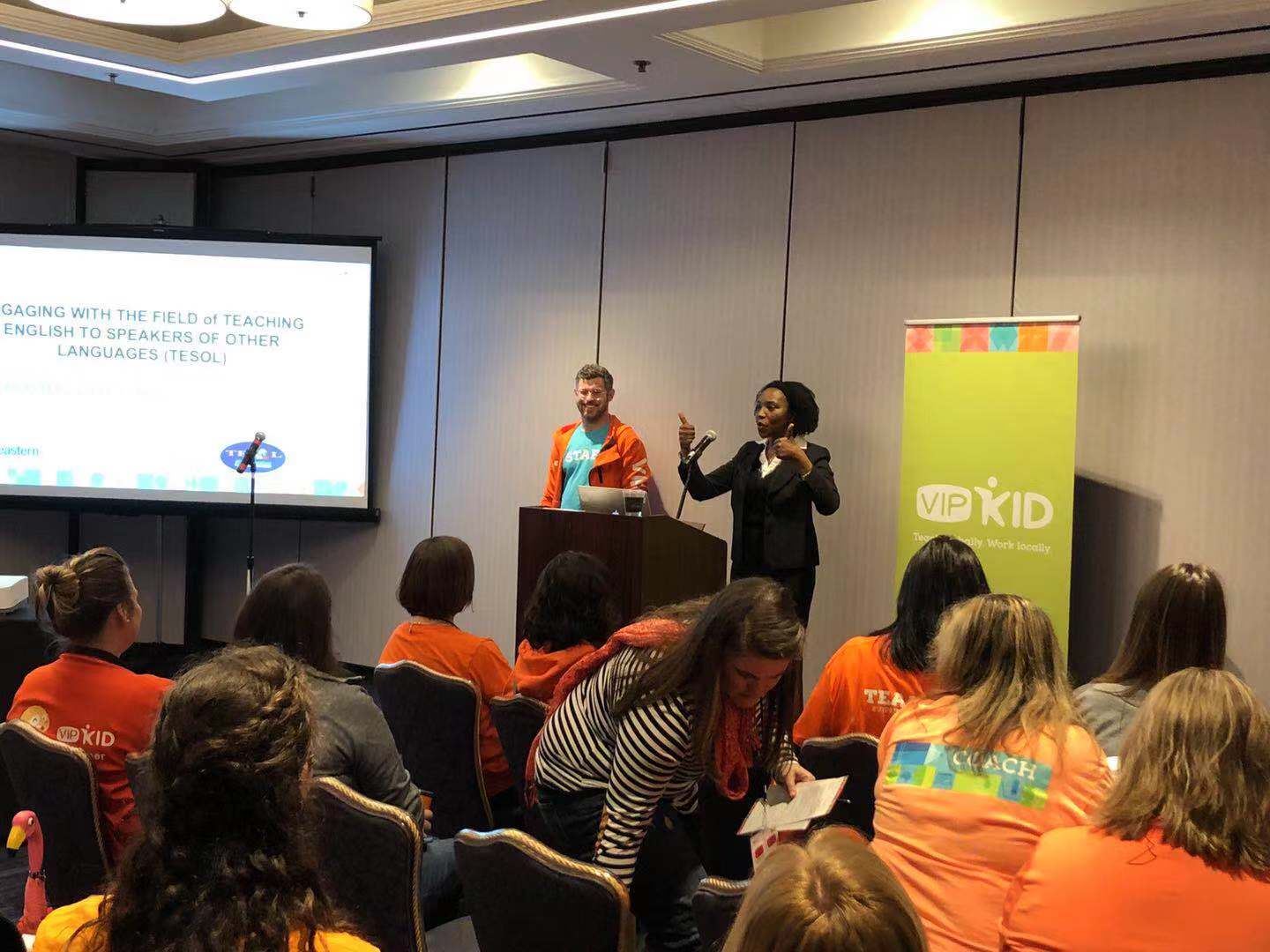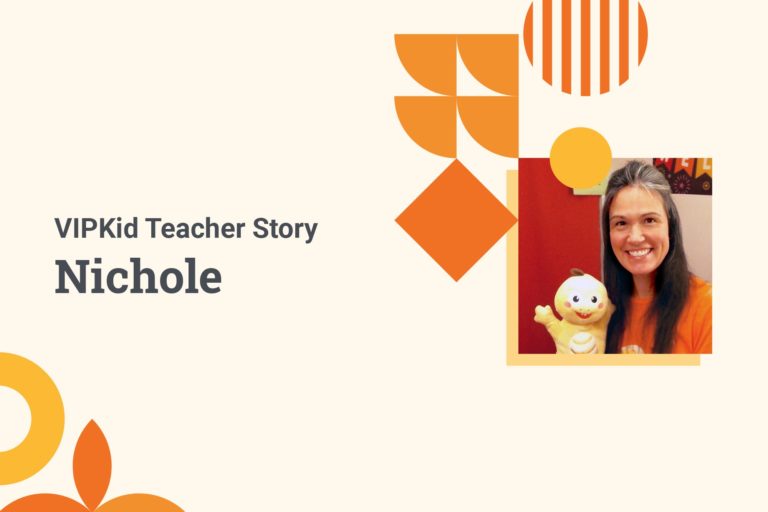Ready to start teaching English online?
Teach with VIPKid1. What is TESOL? How does it differ from English as a Second Language (ESL) and English as a Foreign Language (EFL)? And ELL?
ESL stands for English as a Second Language and EFL, English as a Foreign Language. The difference between the two is a matter of the context in which the English language learning takes place. If students learn English inside the classroom and find it outside the classroom, they are learning it as a second language, as is the case of the United States of America, Australia, or the United Kingdom. On the other hand, if they are learning it inside the classroom and the language spoken in the country is not English, then they are learning it as a foreign language, as is the case in China, Senegal, or Columbia.
ELL, English Language Learner (abbreviated as ELLs in plural), a better name for students who are learning English as an additional language, encompasses both the ESL and EFL contexts.
TESL and TEFL respectively stand for Teaching English as a Second Language and Teaching English as a Foreign Language, both often used in teacher training programs. A better term than, like ELL, encompasses both names is TESOL, which stands for the Teaching of English to Speakers of Other Languages. A related acronym that teachers may encounter is ESOL, often used to refer to a situation where English is taught to speakers of other languages.
2. How do younger, older students and adults differ in how they learn a second language? (e.g. 4-6-year-olds versus 3-10-year-olds, or 20-year-olds)
Eric Lenneberg (1967) and a number of other experts in child language acquisition agree that, in normal circumstances, children tend to learn a language efficiently and successfully before puberty (the critical period) due to developmental factors. Let’s not forget, though, the fact that children spend hours practicing the language they are exposed to (given the right quality and quantity of input) with fewer inhibitors (e.g. anxiety about making mistakes), while adults are often not able to engage in full-time language learning. Adults do, however, have some advantages over children. Adults already have experience learning a language (at least the first language). They also have cognitive maturity and world knowledge both of which can enhance the language learning process (Patsy M. Lightbown & Nina Spada, 2013).
3. Are there language learning approaches that work better with younger students as opposed to older students? And vice versa?
Usually, good language teaching approaches tend to be good for all learners. Any methodology that centers around the learner, not the teacher tends to be successful. The teacher has to be a guide, not the deliverer of knowledge. Communicative approaches (cooperative learning, community language learning, total physical response, content-based instruction, task-based instruction, experiential learning, etc.) are highly recommended, particularly for younger language learners. Teaching tools that involve senses and movements such as dialogues, chants (Jazz chants are my favorite), songs, rhymes, lullabies, and games (such as “Simon says”) are especially beneficial because they keep learners engaged.
4. What are some things you can do to support shy students who are afraid of speaking a new language?
Teachers should meet learners where they are. They should find out what their student likes to do or what s/he is passionate about (playing games, singing, and even destroying things; animals, cars, etc.) and maximize on that. If the learner likes animals, then the teacher use animals to teach all kinds of topics or at least have them around the room to create a welcoming learning environment. It is important to note that not speaking does not always mean that the student is not learning. Many need a silent period, just like children learning their first language do. The teacher (and everybody else involved around the student) should be patient and gauge knowledge by other means (beyond speaking) such as drawing and responding with actions.
5. How much should we focus on grammar in the early learning stages of a second language student?
In early language learning stages, grammar should not be the focus of language learning. The teacher should keep modeling the correct forms, but not focus on accuracy too much. However, if a form becomes a major challenge for the learner, then teach it, but in context. If it’s an issue of tense, for example, using a story to teach the form will be much more successful than using some random sentences that contain the form. Fluency should take priority over accuracy in beginning stages.
6. What are some techniques to help a child break a bad habit? Whether it be in pronunciation or an incorrect grammar pattern that they seem to be stuck in?
An error should not be treated as a bad habit. It should, instead, be welcomed, as it is an indicator of where the learner needs to improve. It is a sign that learning is taking place. In such a case, teachers should create opportunities for focused practice for consistent repeating errors. Some drills may be necessary, although they should not become a routine. If the student continues to produce the same errors, let them take the time they need to learn the correct form but keep modeling the right form. Some children, learning English as their first language, often produce a [w] for the first consonant of the word [r]abbit even after multiple attempts from the caregivers to correct them. Eventually, they drop the [w] and replace it with a [r] sound when they are developmentally ready. It can also happen in the case of additional language learning.
7. What are your best practices for helping a student who is repeating everything you say, who is “parroting”?
“Parroting” could be cultural in the sense that if the learner repeats after the teacher, s/he is showing respect and agreement. That’s a hard one to change. It’s like telling a student to start looking the instructor in the eye when talking to him/her whereas his/her culture teaches otherwise. Cultural norms are hard to change. However, the teacher can patiently model the desired behavior using videos that show teacher-student and student-student interaction such as teaching them how to tell a story. One of the participants in the VIPKid Chicago Journey conference in March 2019 also suggested using puppets, an idea that many teachers seemed to appreciate. The key is to establish routines so that students understand expected response or behavior. Greetings (“Good morning; how are you? Goodbye; see you tomorrow) and personal information questions (What’s your name? How old are you? Etc.) are conducive to non-mimicry responses if teachers practice the activities using puppets.
8. When using songs in teaching students a second language, is it better to go word by word, line by line, or through the whole song for fluency?
It depends on the goal of the activity. If it is for the learners to enjoy the rhythm and eventually learn the words, then let them enjoy the music first. Of course, it’s always wise to pre-teach the key new vocabulary (only a few words if the song was selected appropriately). If the goal of the song is just a warm-up activity, then let them enjoy the song without worrying about the full meaning of the song. With time, they will eventually gain the full understanding of the message. In a nutshell, focus on the goal you want to achieve with the selected song.
9. What is one thing you wish all TESOL teachers understood most?
Teachers should seek to understand how culture impacts language and vice versa. For example, in some cultures, it is more important to save face than to be right or tell the truth. Students from those cultures cannot contradict the teacher even when they know s/he is wrong. Additionally, teaching is additive and not subtractive. English and the culture that come with it should not replace the native language culture. It should allow the possibility to express more concepts and ideas that wouldn’t normally have been produced by one language.
10. What is one thing you wish all teachers of children understood most?
Teachers should focus not on content or on proving how competent they are when planning and delivering lessons. They should focus on teaching children. The learner should be the center of the teaching endeavor. Caring should be of prime importance since it helps reduce anxiety the way Mrs. Thompson did for Teddy Stoddard in Elizabeth Silance Ballard’s story. Once Mrs. Thompson found out, from past records, that her unpleasant messy 5th-grade student, Teddy Stoddard used to be “a bright child with a ready laugh” but the loss of his mother caused him to be withdrawn, she “she quit teaching reading, and writing, and arithmetic. Instead, she began to teach children.” Those who teach from both the heart and mind and try to meet learners where they are tend to fully enjoy their profession.
As part of the Thought Leadership Series, we highlight professionals and luminaries from around the world that are helping to shape the modern-day landscape of learning with affirmative and thought-provoking action.

About the Author
Dr. Jeanine Ntihirageza has a Ph.D. in Linguistics from the University of Chicago. Her MA is also in Linguistics from Southern Illinois University, Carbondale. She is a Professor and coordinator of Teaching English to Speakers of Other Languages (TESOL). She also coordinates the School for the Advancement of the English Language Learning (SAELL) and is Director of the Multilingual Learning Center. From 2012 to 2018, she served as Department Chair of Anthropology, English Language Program, Philosophy, and TESOL. For more than 15 years, she has developed and supervised a variety of language and culture programs for teachers. In 2019, She was awarded, in collaboration with members of the Multilingual Learning Center leadership team and Zahra Institute, a National Endowment for Humanities grant to start a Kurdish Language and Culture Studies at Northeastern Illinois University.




